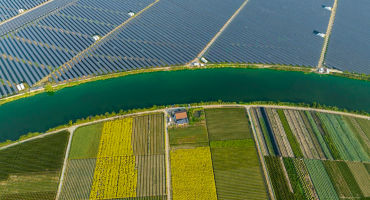The active advantage
In our opinion, the public fixed income market impact opportunity set now offers the scale and liquidity to apply active management in the pursuit of above-market returns and impact that is material, additional and measurable. Today’s more cyclical and volatile environment further underscores the need for an active approach to help strengthen the longer-term resilience of fixed income impact portfolios.
In managing our fixed income impact portfolio, for instance, we implement the same dynamic country and sector rotation that investors could expect in one of our “traditional” strategies. Crucially, we can choose from a large and liquid proprietary universe of impact issuers, developed during eight years of impact investing in public fixed income markets. We also apply the full scale of our proprietary research to inform our country and security selection, be it insights from our macro or geopolitical strategists or new ESG perspectives. Many of these same insights are also valuable inputs in our impact analysis, thus furthering our dual goals of achieving competitive financial returns and measurable impact outcomes.
Critically, we only invest in liquid public markets, which offers not only daily liquidity to our clients but also allows us to nimbly rotate in and out of areas of the market where we see the most attractive risk and reward.
Finally, as with traditional fixed income, we consider thoughtful and robust portfolio construction to be of paramount importance to mitigate unintended risks and enhance the potential for consistent outperformance over time.












